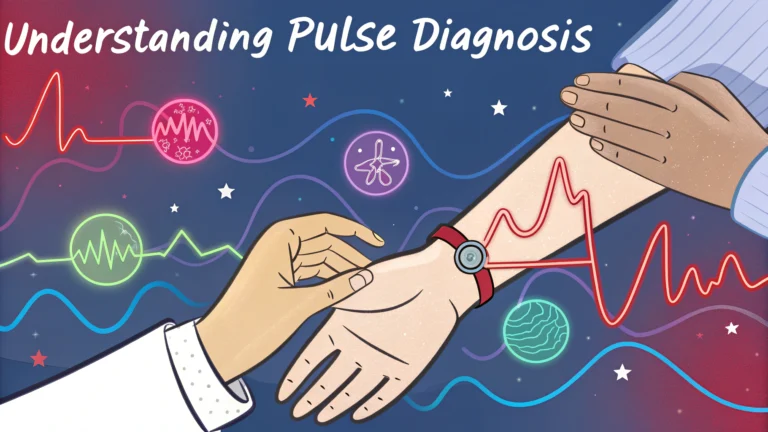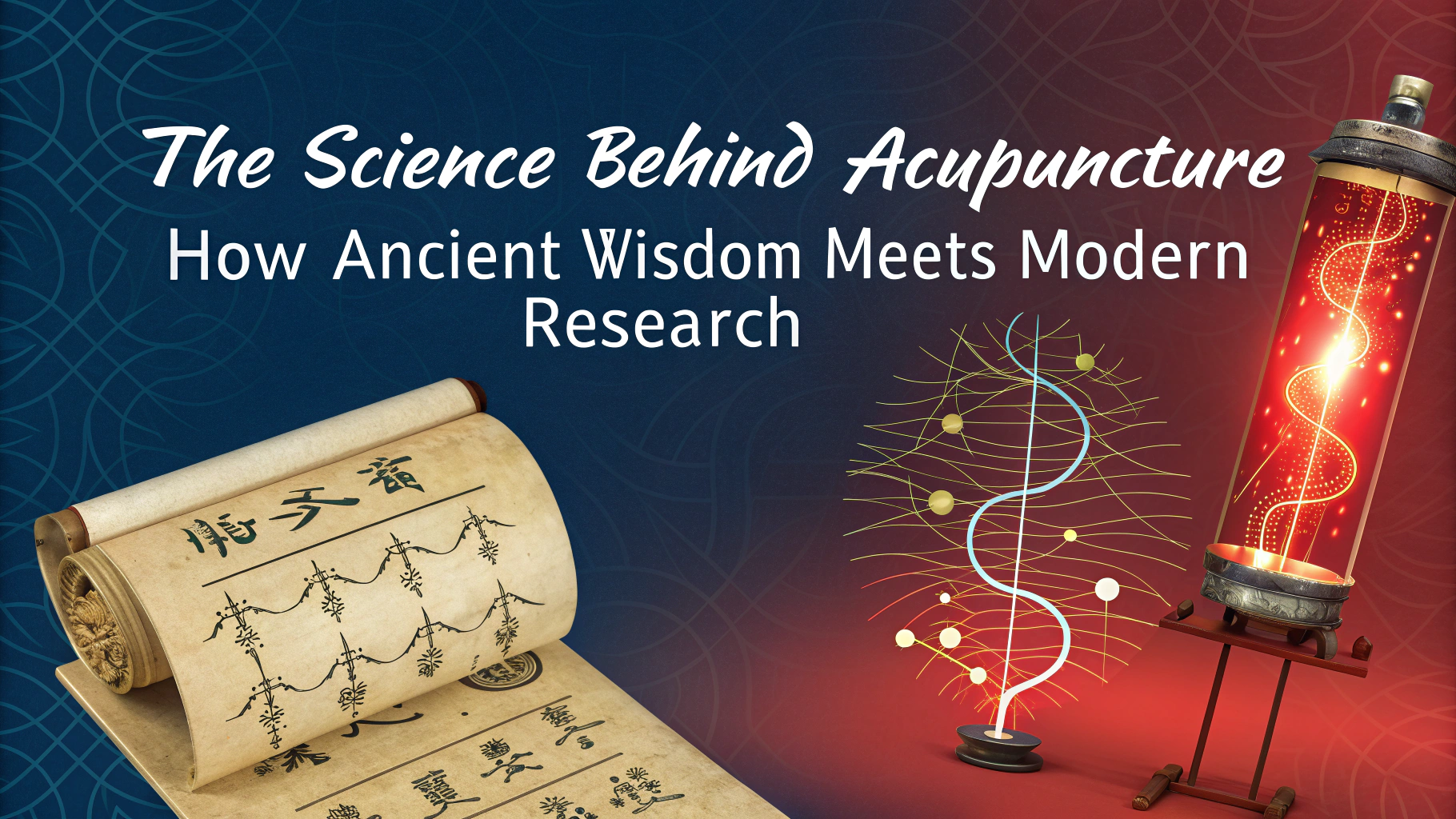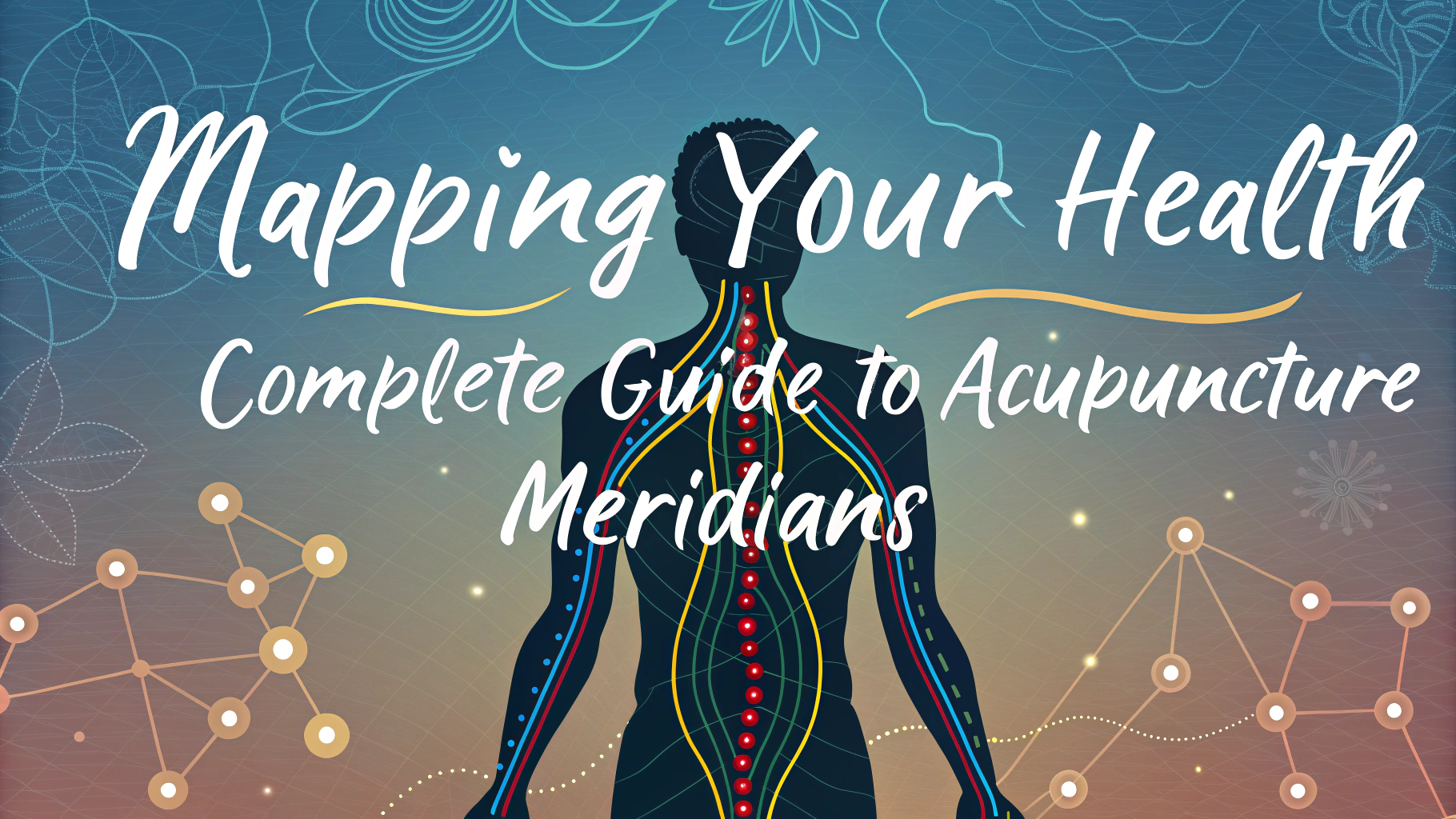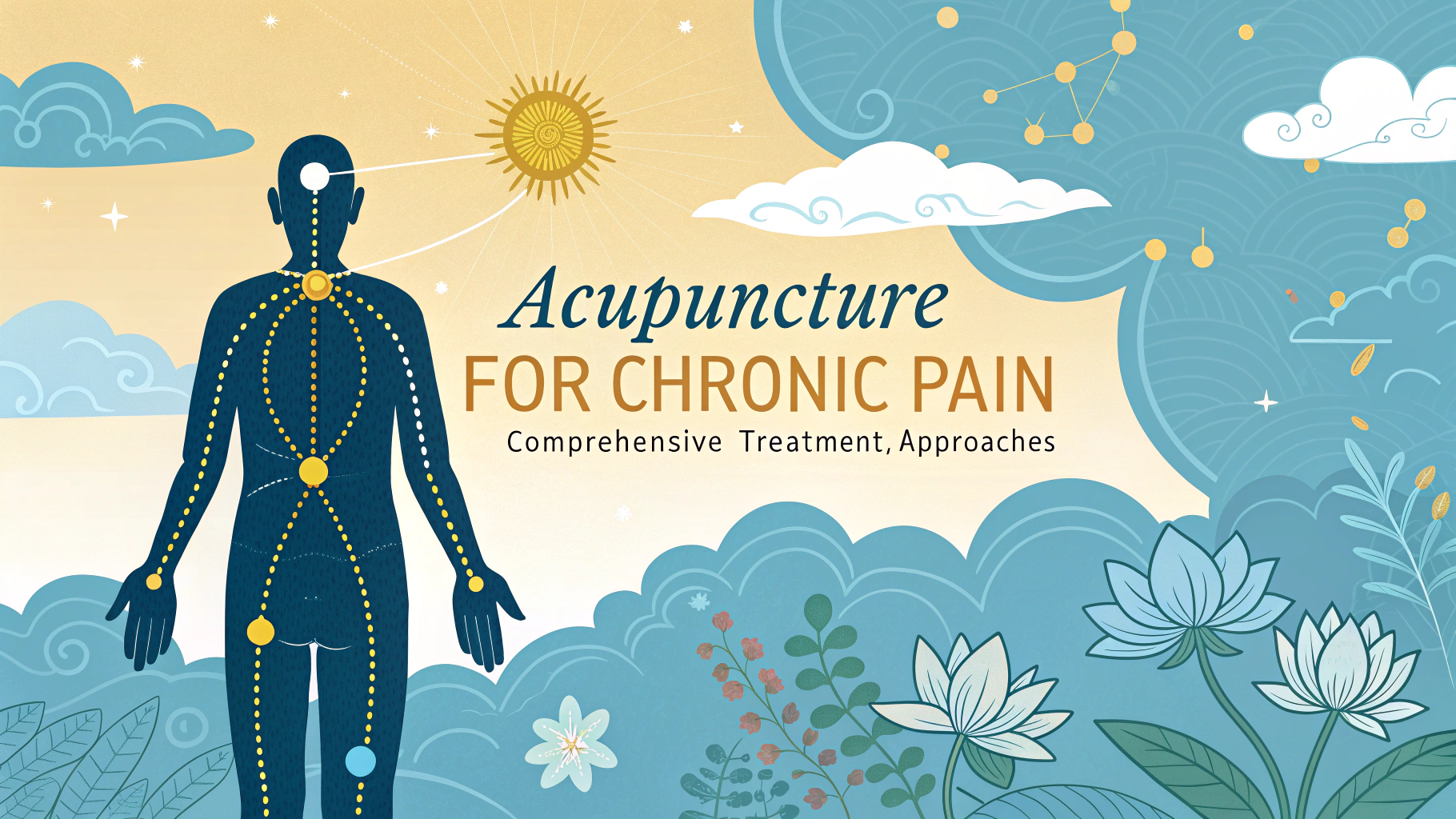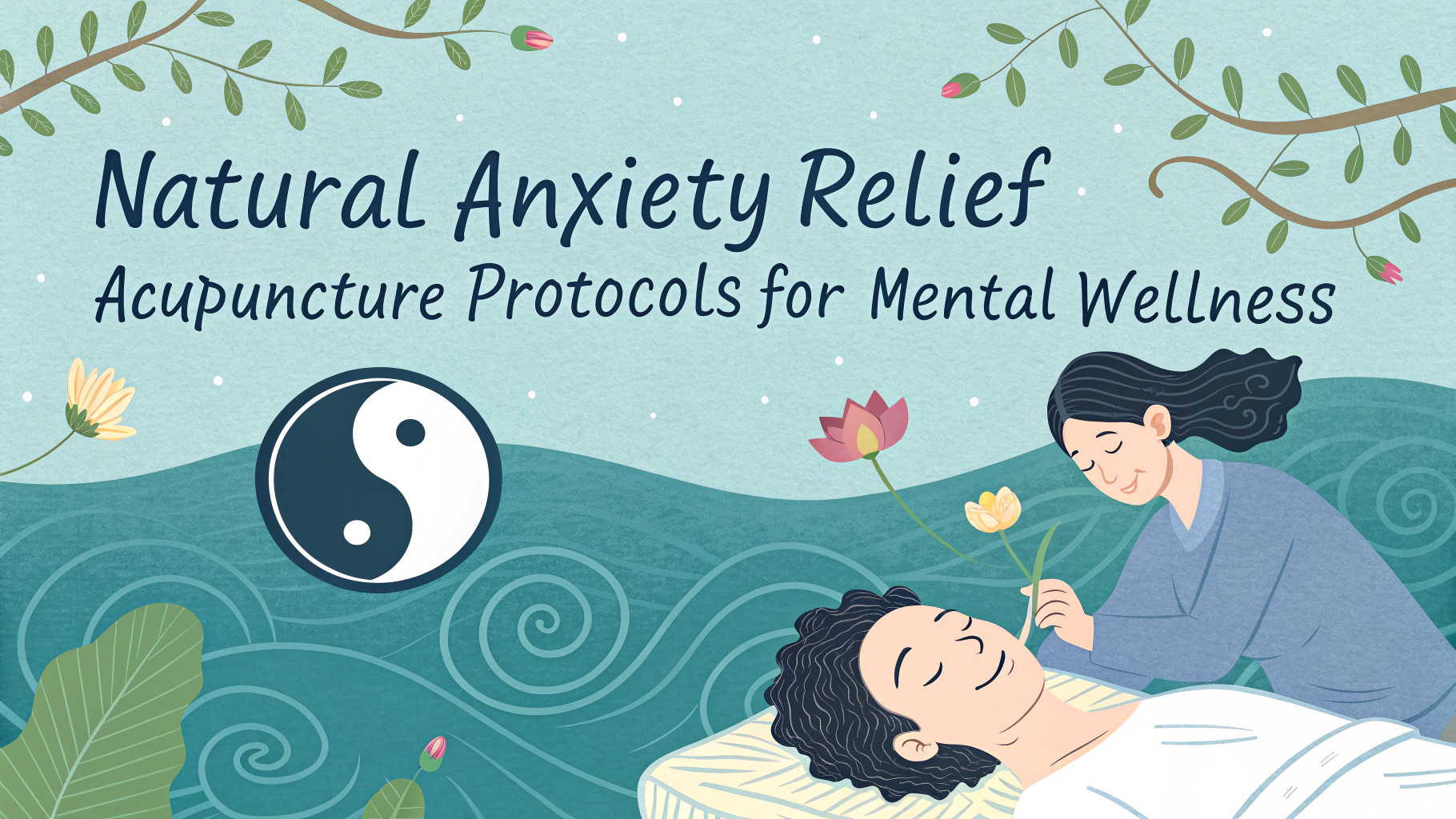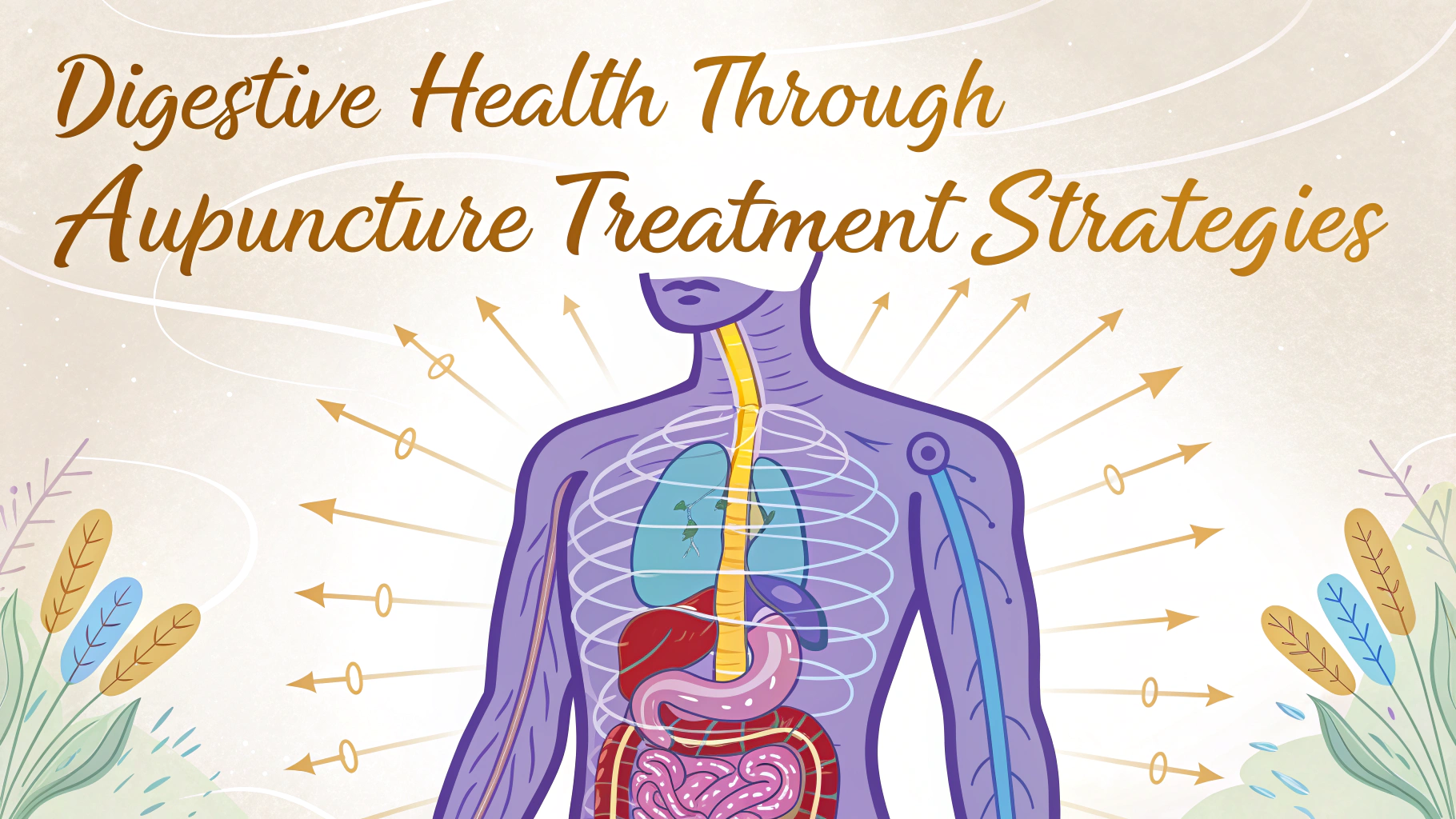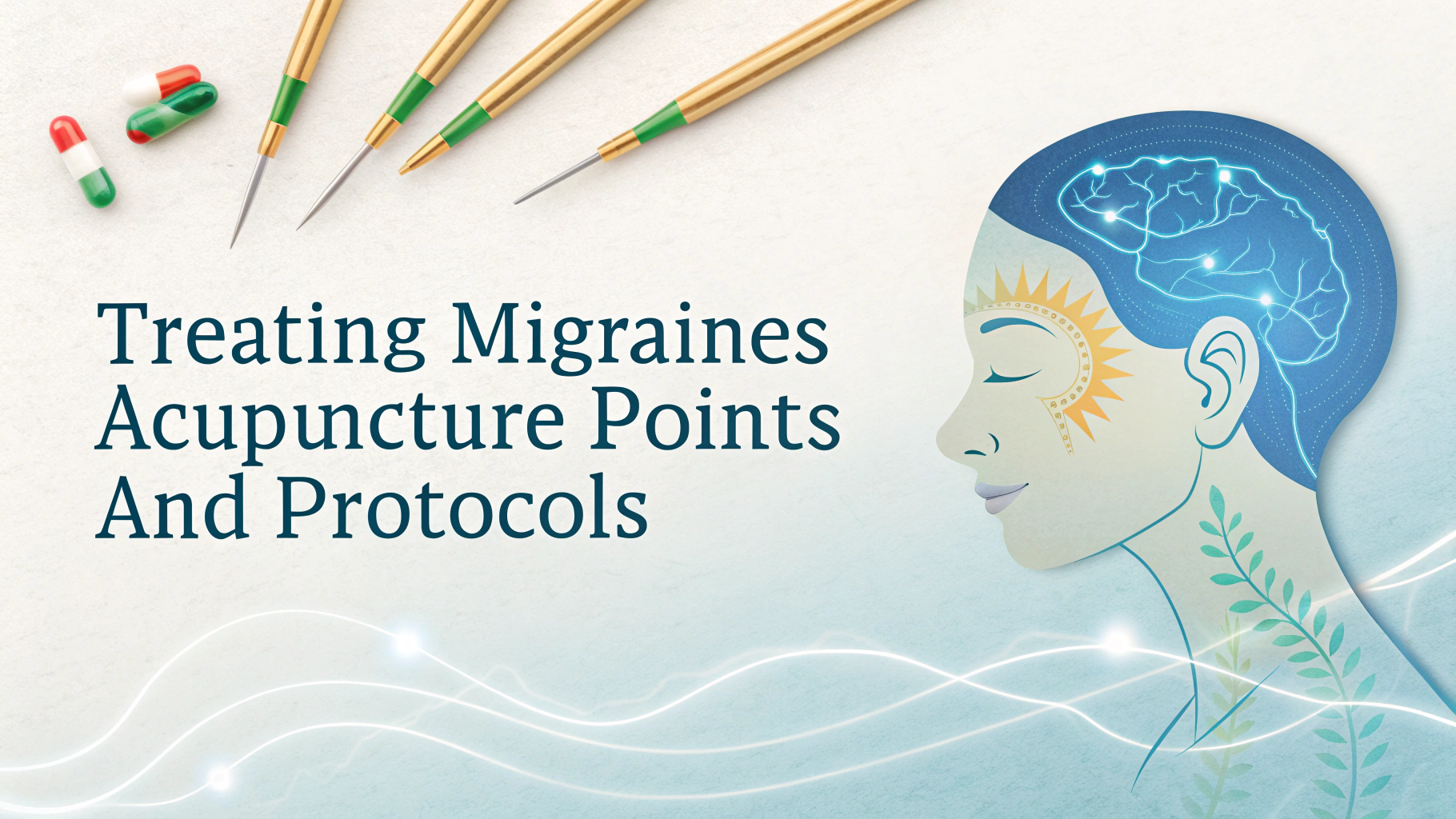Chronic pain affects millions of people worldwide, limiting their ability to work, socialize, and enjoy daily activities.
Acupuncture has emerged as a powerful alternative treatment option for those seeking relief from persistent pain conditions.
This article shares real stories of pain transformation through acupuncture, along with practical guidance for those considering this traditional healing approach.
Understanding How Acupuncture Works for Pain Management
Acupuncture involves inserting thin needles into specific points on the body to stimulate natural healing responses.
- Triggers release of endorphins (natural pain-killing chemicals)
- Reduces inflammation in affected areas
- Improves blood circulation to promote healing
- Relaxes tight muscles and relieves tension
Real Patient Success Stories
Sarah M., a 45-year-old office worker, found relief from chronic lower back pain after 8 weeks of regular acupuncture sessions.
John D., struggling with fibromyalgia for 15 years, experienced significant pain reduction after combining acupuncture with his existing treatment plan.
Maria R. overcame debilitating migraines through twice-weekly acupuncture treatments, reducing her pain medication usage by 70%.
Finding the Right Acupuncturist
- Check for proper licensing and certification
- Look for specialists experienced with your specific condition
- Read patient reviews and testimonials
- Verify insurance coverage and payment options
What to Expect During Treatment
| Session Component | Duration | Description |
|---|---|---|
| Initial Consultation | 30-45 minutes | Health history review and treatment planning |
| Needle Placement | 10-20 minutes | Gentle insertion of sterile needles |
| Rest Period | 20-30 minutes | Quiet relaxation with needles in place |
Treatment Frequency Guidelines
Most chronic pain conditions require 6-12 sessions for optimal results.
- Acute pain: 2-3 sessions per week
- Chronic pain: 1-2 sessions per week
- Maintenance: Monthly sessions
Complementary Practices
Enhance acupuncture results with these additional approaches:
- Gentle stretching exercises
- Stress management techniques
- Anti-inflammatory diet
- Proper sleep hygiene
- Heat or cold therapy
Taking the Next Step
Contact the National Certification Commission for Acupuncture and Oriental Medicine (NCCAOM) at 1-888-381-1140 or visit www.nccaom.org to find certified practitioners in your area.
Contact your insurance provider to verify coverage for acupuncture treatments.
Schedule a consultation with a licensed acupuncturist to discuss your specific pain condition and create a personalized treatment plan.
Safety Considerations
While acupuncture is generally safe, be aware of these important factors:
- Inform practitioner about medications and medical conditions
- Ensure sterile needles are used for each treatment
- Report any unusual symptoms or reactions
- Follow post-treatment care instructions
Cost and Insurance Coverage
Treatment costs typically range from $50-150 per session. Many insurance providers now cover acupuncture for specific conditions.
- Check coverage limits and requirements
- Ask about package pricing options
- Inquire about sliding scale fees
- Consider FSA/HSA payment options
Measuring Treatment Progress
Track your progress using these indicators:
- Pain intensity levels
- Daily activity participation
- Sleep quality
- Medication usage
- Energy levels
Your Path to Pain Relief
Acupuncture offers a natural, evidence-based approach to managing chronic pain. With proper research, practitioner selection, and commitment to treatment, you can work toward meaningful pain reduction and improved quality of life.
Remember that healing is a journey, and combining acupuncture with other healthy lifestyle practices can maximize your chances of long-term success in pain management.
Take the first step today by researching qualified practitioners in your area and scheduling an initial consultation to discuss your unique needs and treatment options.
FAQs
- How does acupuncture work to relieve chronic pain?
Acupuncture works by stimulating specific points on the body using thin needles, which triggers the release of endorphins and promotes natural pain-relieving mechanisms while improving blood flow to affected areas. - How many acupuncture sessions are typically needed for chronic pain management?
Most patients require 6-12 sessions initially, typically scheduled 1-2 times per week, followed by maintenance sessions as needed. Results vary based on condition severity and individual response. - What types of chronic pain conditions can acupuncture treat?
Acupuncture can effectively treat various chronic pain conditions including lower back pain, osteoarthritis, migraines, fibromyalgia, neck pain, and joint pain. - Is acupuncture treatment painful?
Most patients experience minimal to no pain during treatment. Some may feel a slight pinch during needle insertion, followed by a dull sensation or mild tingling called “de qi.” - How long does each acupuncture session last?
Typical sessions last 30-60 minutes, with needles remaining in place for 20-30 minutes while patients rest in a relaxed state. - Are there any side effects from acupuncture treatment?
Common minor side effects include slight bruising, minor soreness at needle sites, and temporary fatigue. Serious side effects are extremely rare when performed by licensed practitioners. - Can acupuncture be combined with other pain management treatments?
Yes, acupuncture can safely complement conventional medical treatments, physical therapy, and other pain management approaches for enhanced results. - How soon can patients expect to see results from acupuncture treatment?
Some patients experience immediate relief, while others may need 3-5 sessions before noticing significant improvement. Individual results vary based on condition and severity. - What qualifications should I look for in an acupuncturist?
Look for practitioners licensed by the state board, certified by the National Certification Commission for Acupuncture and Oriental Medicine (NCCAOM), and with experience treating chronic pain conditions. - Is acupuncture covered by insurance?
Many insurance providers now cover acupuncture treatment for chronic pain management. Coverage varies by provider and specific plan details.
